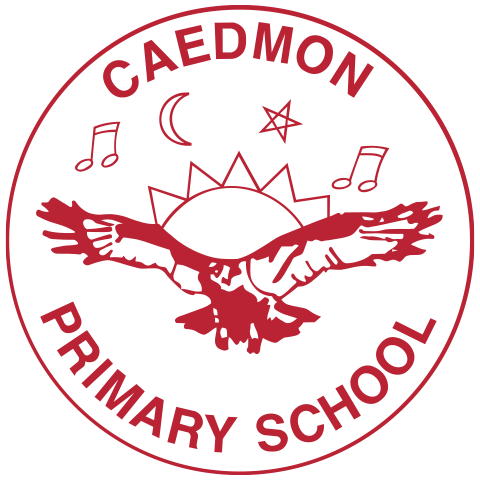Design and Technology
Subject Leader: Mrs Carey
Subject Role
The National Curriculum (2014) sees Design and Technology as a motivating and practical subject. DT builds pupils creativity and inventiveness to solve real life problems within a range of situations, whilst considering a variety of factors. A high-quality DT education provides an extensive subject knowledge which draws on a range of skills from other subjects, allows children to become resourceful, experimental and innovative individuals, and ensures that the evaluation of products from the past and the present help to develop a critical understanding of design and technology. There are three main stages of design process listed; design, make and evaluate underpinned by the technological knowledge of design, make, evaluate, technical knowledge and cooking and nutrition.
Design Technology at Caedmon
At Caedmon we provide children with the opportunity to design, make and evaluate a variety of products. DT lessons allow children to use a variety of tools and techniques to make products according to particular specifications. The analyse and evaluation of products supports children’s understanding of a products impact.
We follow Kapow's Scheme of work which has a clear progressive base of skills and knowledge across each year group. Attainment targets and progression of skills have been mapped out to ensure securely achieving age expectations.
At Caedmon, children learn:
- Mechanisms
- Structures
- Textiles
- Cooking and nutrition
- Electrical systems (KS2)
- Digital world (KS2)
Children follow the design process of design, make, evaluate and revisit units in subsequent year groups with increasing complexity.
Intent
The intent of Design and Technology within school is to ensure that all children access learning which will foster a love of Design and Technology. At Caedmon we provide children with the opportunity to design, make and evaluate a variety of products. Children at Caedmon describe D&T lessons as fun. Children enjoy ‘working as a team’, ‘designing things’ and ‘making things’. In D&T lessons children explore a range of materials looking at their properties and evaluating their practicality. Children will develop skills and techniques as they move through school, building upon their previously learned skills. Children highlighted that they develop ‘patience’ and ‘resourcefulness’ during D&T lessons. During D&T lessons at Caedmon children will learn how to make products and use tools safely, and with developing control.
Children will evaluate the strengths and weaknesses of their product; this will ensure work is adapted and refined throughout the design and making process. Children will learn to analyse and evaluate products and using techniques; ideas learnt from this will be used to inform their own products and designs. Children will be exposed to technical vocabulary, which will be taught alongside the appropriate skills and techniques associated with specific topics. As a school we believe it is important to provide children with experiences, visits and opportunities to see how the skills and techniques they are learning, within D&T, can be applied to real life contexts. As a result of this, children at Caedmon understand the importance of D&T and are aware of some of the jobs which can be undertaken using these skills as well as the purpose of DT in real life contexts.
The curriculum has been designed in line with our Curriculum Drivers and the Caedmon 6 R Values. Work is celebrated in assemblies if linked to the six Rs.
Implementation
Throughout school, DT lessons follow a cycle of design, make and evaluate. The design process is rooted in real life examples and children are presented with a design brief where they carefully consider a demographic, the function and purpose of the items they make and the sectors they would be part of. The design brief also informs their evaluation at the end of the making process. Children learn through creative and practical activities; they are taught knowledge and skills that they need to engage in the full process of designing and making. They learn to reflect on their work and the work of others and share ideas for improvements in a tactful and respectful way.
The progression of DT skills and knowledge are clearly mapped across the school to ensure progression between year groups. DT lessons are taught throughout the term on an alternating biweekly basis in order to consolidate and promote retention of learning.
Impact
Caedmon’s approach to DT ensures that children develop creative, technical and practical expertise that is appropriate to their year group. They think critically about products, demographics, product purposes and sectors and use this knowledge to inform their choices in designing.
Children are enthusiastic about their DT lessons and thrive when creating products that are relevant to them and their lives such as phone cases and toys. They show initiative when carrying out research and work productively with others and independently. They speak animatedly about cooking and designing their products. Children have spoken about the excitement of using resources like blenders and utensils that they haven't used before or exploring how to use air to make something move in pneumatics. Children also reflect on their work, demonstrating an understanding that 'if there is green pen, they can improve to get better' or that they can 'improve their work by looking at it and making it different.'
Through DT children, are able to assess risks; they become responsible designers and makers and learn how to use tools, equipment and materials safely, hygienically and carefully.
Children become analytical, reflective and evaluative by referring to their design brief when assessing the effectiveness of their design.
